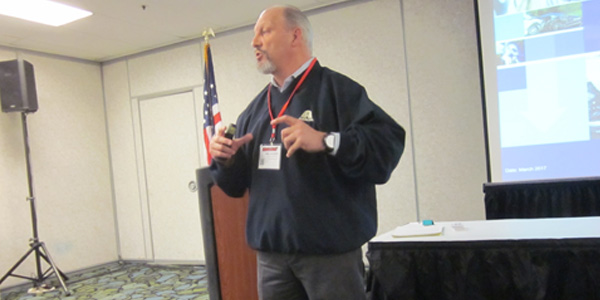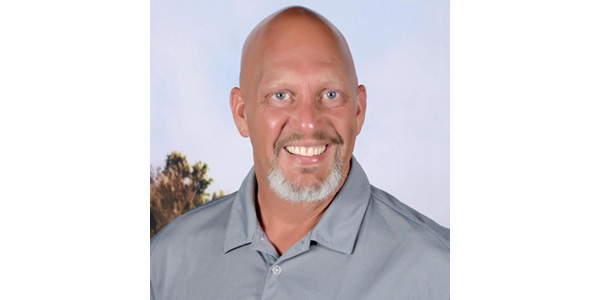
When your shop doesn’t ask to be compensated for a procedure, what’s the reason? According to the results of the latest “Who Pays for What?” survey, nearly 77 percent of shops either aren’t aware that a procedure is “not included,” or it just never occurred to them to ask.
Mike Anderson, founder of Collision Advice and the “Who Pays for What?” survey, is on a mission to give collision repairers the courage to ask.
“It’s a biblical principle: You have not because you ask not,” Anderson said during a seminar at the 2017 NORTHEAST Automotive Services Show. “Ladies and gentlemen, if you never ask, you will never get paid.”
Anderson launched the “Who Pays for What?” survey to raise awareness of the not-included operations that body shops are performing, and to help shops understand how often other shops get paid for those same procedures.
- RELATED: “NORTHEAST 2017: Mike Anderson Teaches Body Shop Owners to Negotiate with Insurers, Get Paid”
Since Anderson introduced the series of surveys in 2015, he said they’ve had a positive impact on the collision repair industry. For example, newly released data from the 2016 “Who Pays for What?” refinish survey showed that of the 27 not-included refinish operations covered in the survey, 25 had a higher percentage of shops negotiating to be paid for them compared to a year earlier.
“If you don’t bill for it, you will never be paid for it,” Anderson said. “Yet the biggest percentage of shops not billing for these procedures say they never thought of billing for them when they are required as part of a repair. These surveys were designed to help raise that awareness.”
Shops have leveraged the surveys to show insurance carriers that they’re not the only ones to charge for various procedures, Anderson said during his NORTHEAST 2017 presentation. Some shops even show the survey results to consumers to refute an insurer’s claim that they’re the only shop that charges for a certain procedure.
A record 84 percent of shops that took one of the quarterly “Who Pays for What?” surveys earlier this year said they’ve been able to use previous surveys to improve their business, according to Anderson.
“In the past, we’ve typically had about 70 percent of participants tell us the surveys are helping their business,” Anderson said. “The fact that a growing number now report the surveys are helping makes me very proud. Knowledge is key in this industry.”
Body Labor Survey Open Through April
Each of the four different “Who Pays” surveys explores a different area of shop operations. The current survey focuses on 21 not-included body-related operations, asking shops how frequently they’re paid for each of the operations by each of the eight largest auto insurers in the country.
Survey participants receive a report with complete survey findings at no charge, broken down by region, insurer, and DRP vs. non-DRP. The report also includes analysis and resources to help shops better understand and use the information presented.
Anderson said the survey, which will take about 15 to 30 minutes, should be completed by the shop owner, manager or estimator who is most familiar with the shop’s billing practices and the payment practices of the largest national insurers. Each shop’s individual responses are held in the strictest confidence; only cumulative data is released.
To view the results of previous surveys, visit the CRASH Network website.













